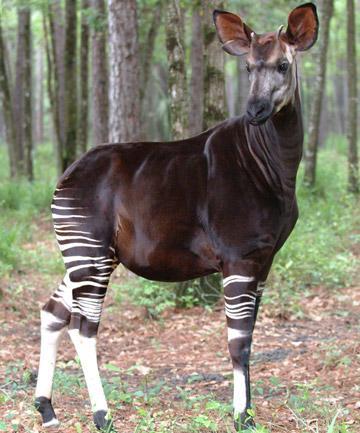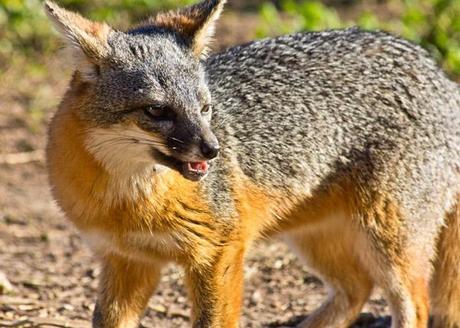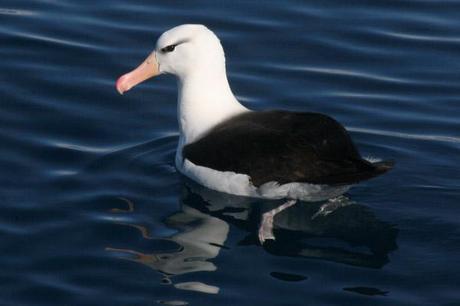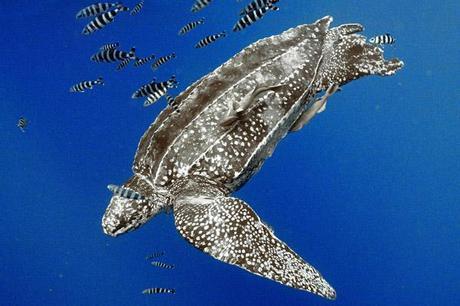by Jeremy Hance / Mongabay.com

Okapi. Photo by: Bob Jenkins.
The number of threatened species on the IUCN [the International Union for Conservation of Nature] Red List has grown by 352 since this summer, according to an update released today. Currently, 21,286 species are now listed as threatened with extinction out of the 71,576 that have been evaluated. The new update comes with both good and bad news for a number of high-profile imperiled species, but only covers about 4 percent of the world’s described species.
The condition of the shy and elusive okapi—the only living relative of the giraffe—has degraded. Found only in the Democratic Republic of the Congo, the okapi (Okapia johnstoni) has been moved from being listed as Vulnerable to Endangered.
Meanwhile, the white-winged flufftail (Sarothrura ayresi) has been moved from Endangered to Critically Endangered, the most threatened category before extinction. Found in South Africa, Ethiopia, and Zimbabwe, the beautiful red-and-black bird is now one of the most imperiled birds in Africa with only an estimated 250 individuals left.

The island fox has made a stunning recovery. Photo by: Guy Incognito.
But California’s island fox (Urocyon littoralis) may have made the biggest recovery in the update: jumping all the way from Critically Endangered to Near Threatened. Found on the California Channel Islands, the species has been brought back from the brink by the U.S. National Park Service after being decimated by non-native predators and disease.
“This IUCN Red List update shows some fantastic conservation successes, which we must learn from, for future conservation efforts,” says Jane Smart, Global Director, IUCN Biodiversity Conservation Group. “However, the overall message remains bleak. With each update, whilst we see some species improving in status, there is a significantly larger number of species appearing in the threatened categories. The world must urgently scale up efforts to avert this devastating trend.”
The IUCN Red List is the world’s top authority is species’ endangerment. However, while it has currently evaluated over 70,000 species including almost all of the world’s mammals, birds, and amphibians, the vast majority of the world’s species remain unevaluated. To date, scientists have described nearly 2 million species on Earth with several million more expected to be discovered. Efforts to rapidly scale-up, the IUCN Red Lists assessments and monitored have been hampered by lack of funding.
Scientists have been warning for decades that the world may already be facing, or will soon face, a mass extinction crisis due to human impacts such as deforestation, pollution, overconsumption, ecosystem destruction, population growth, and climate change among others.

Black browed albatross. Photo by: Alan Tate (worldsrarestbirds.com).

Leatherback sea turtle. Photo by: Guy Marcovaldi.

